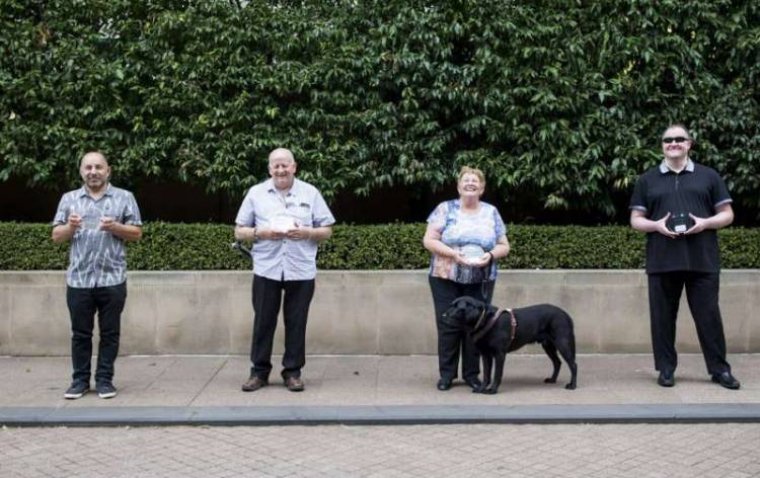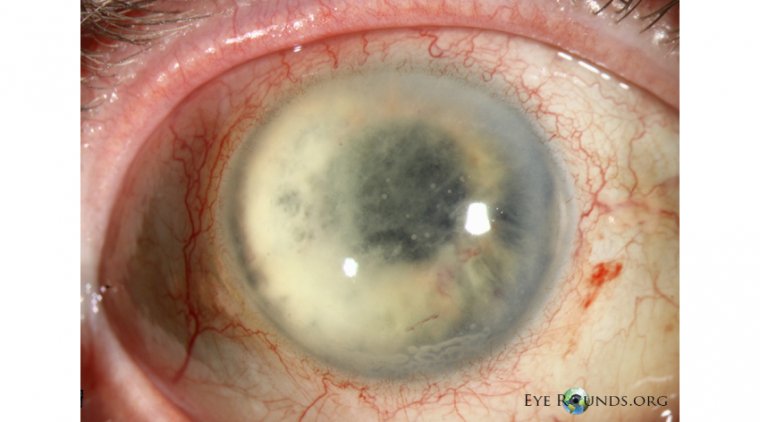
Australia's Second-Generation Bionic Eye Shows Promise in RP Clinical Trial
Australia's second-generation bionic eye has demonstrated "substantial improvement" in functional vision, daily activities, and quality of life for four participants over a period of more than two and a half years, according to the results of the first clinical trial.
Led by the Center for Eye Research Australia, Bionics Institute, University of Melbourne, and Royal Victorian Eye and Ear Hospital, the detailed outcomes of the trial were published in Ophthalmology Science.
Rapid Improvements for Patients with Retinitis Pigmentosa
The interim results, which were previously released, indicated rapid improvements for four patients with blindness caused by the genetic eye condition retinitis pigmentosa. This inherited retinal disease affects approximately two million individuals worldwide and is one of the leading causes of vision loss in working-age people.
How the Bionic Eye Works
The bionic eye consists of an electrode array designed by the Bionics Institute and the Center for Eye Research Australia, which is surgically implanted behind the eye. This electrode receives signals from a video camera mounted on glasses, stimulating the patient's retina.
Professor James Fallon, Head of Research at the Bionics Institute, explained, "The camera converts images into electrical pulses delivered by the electrode array that activate retinal cells and create flashes of light called phosphenes to help patients detect edges, shapes, and movement."
Long-Term Stability and Durability
The new study tracked patients from their implant surgery in 2018 to 2021. Its findings demonstrate the device's stability and durability over the long term, with 97 percent of electrodes still functioning 2.7 years after the initial implant. Principal Investigator and vitreo-retinal surgeon Associate Professor Penny Allen noted significant improvements in navigation, mobility, and object detection among patients, both in clinical tests and in their daily lives.
"The bionic eye enabled blind patients to locate doorways, avoid obstacles, and find items on table-tops," Associate Professor Allen said. "They reported greater confidence in navigation, were more likely to explore new environments, and had reduced need for assistance when traveling to the local shops."
Complementing Existing Mobility Aids
Patients reported that the bionic eye supplemented the use of long canes and guide dogs, providing safe navigation around people and obstacles, and allowing them to detect waypoints such as trees and lamp posts along navigational routes. Dr. Ash Attia, CEO of Bionic Vision Technologies, expressed encouragement at the excellent results of the Generation 2 Bionic eye trial, highlighting the team's commitment to refining the vision processing capabilities, usability, and wearables of the bionic eye system.
"We are looking forward to finalizing the development of the Generation 3 bionic eye and entering the worldwide pivotal trial, ultimately gaining regulatory approval," Dr. Attia stated. "Regulatory approval will allow us to make this important technology available to RP patients, positively impacting their lives."
Reference
Matthew A. Petoe et al, A Second-Generation (44-Channel) Suprachoroidal Retinal Prosthesis: A Single-Arm Clinical Trial of Feasibility, Ophthalmology Science (2024). DOI: 10.1016/j.xops.2024.100525
(1).jpg)










